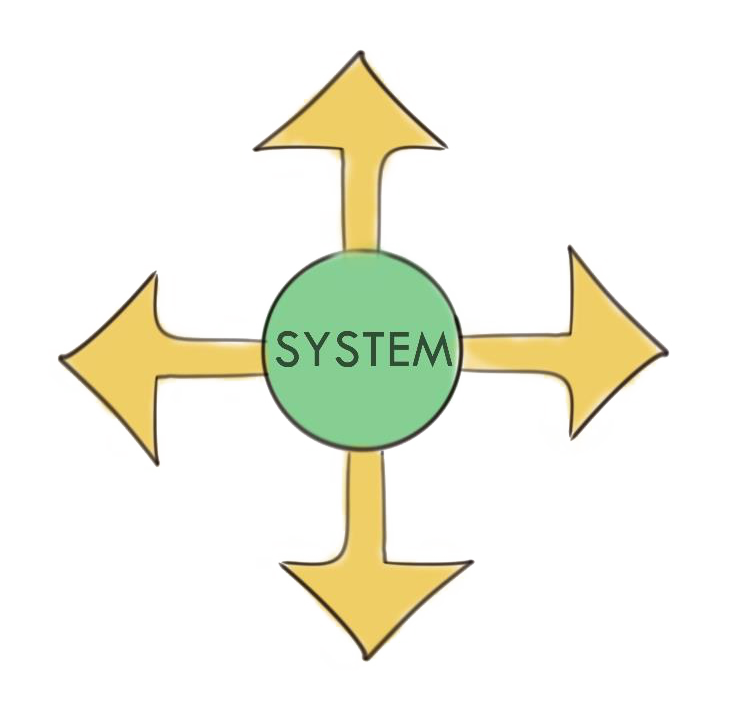7. Criteria
Definition of functional criteria that specify the vision. What aspects should the proposed solutions be tested against to find out whether they align with the vision?
At a glance
Goal
Formulation and quantification of criteria that specify the vision.
Input
System boundaries + vision
Methods
Brainstorming, quantification
Relative workload
Medium
Output
A list of criteria to be used when evaluating scenarios.
Steps
1. Generate ideas for criteria.
2. Cluster and classify the ideas, aiming at a list of criteria and sub-criteria for each.
3. Prioritize the criteria and select those to be used at the further stages.
4. Elaborate on the measurement methods for each criterion. Make sure the criteria are ‘tickable’ and, if possible, quantified.
Criteria have to:
- provide full coverage (e.g. environmental, social, economical); and
- be ‘tickable’ (and if possible quantifiable).
The criteria can later be translated into progress indicators (or key performance indicators) and formulated as goals to be reached.
Criteria vs. indicators (sub criteria)
A criterion (plural criteria) is a standard (e.g. a principle, rule, test) against which something can be assessed to inform a judgement or a decision. Generally, each criterion relates to a key element of the vision and is associated with one or more indicators/sub criteria.
Indicators help define a criterion further by specifying more concrete aspects to be measured/assessed (often in quantitative but sometimes in qualitative or descriptive terms).
Thus, when a criterion could stipulate that a solution needs to be “environmentally friendly”, an associated indicator might define (one aspect of) this as greenhouse gas emissions per unit.
Data collection
Although the final set of criteria needs to be developed with the specific vision in mind, criteria developed in other settings may provide inspiration. Many different types of organisations, including governmental agencies as well as private companies, develop and use criteria and indicators to assess their operations and progress. As a prominent example, the 17 UN Sustainable Development Goals are associated with 232 different indicators.
For more information about data collection, see participation and context.
Participatory elements
Experts on criteria development and/or experts on specific aspects to be assessed using criteria can be consulted.
For more information about participatory elements, see participation and context.
Examples
Criteria = Environmentally friendly
Indicator = Carbon dioxide neutral
Examples Niš (heating and cooling)
| # | Criteria |
| C1 | Reliability and availability |
| C2 | Affordability |
| C3 | Environmentally friendly |
| C4 | Comfortable |
| C5 | Energy efficiency |
| Criteria #1 (C1) | |
| Sub criteria | How to measure |
| Availability of heat for consumers | Number of days (hours) in the heating season without heating |
| Availability of cool for consumers | % of households that have cooling system |
| Technical system reliability | – frequency of failures – Impact of failure – time needed to repair the system number of h system working/duration of the heating system |
| Energy security (fuels diversification) | Number of different fuels that are used Maximum share of one type fuel used |
| Energy security |
Share of the domestic fuels in energy mix Share of the local available energy in the domestic energy mix |
Example for the mobility system
| # | Criteria | Quantification |
| C1 | Environmental impact | kg of (CO2+NOX) per 100 km |
| C2 | Accessibility | average time to travel 100 km |
| C3 | Safety | total cost of accidents reimbursement |
| C4 | Affordability | average price to travel |
| C5 | Energy efficiency | average distance travelled for 1 kWt-hour |
